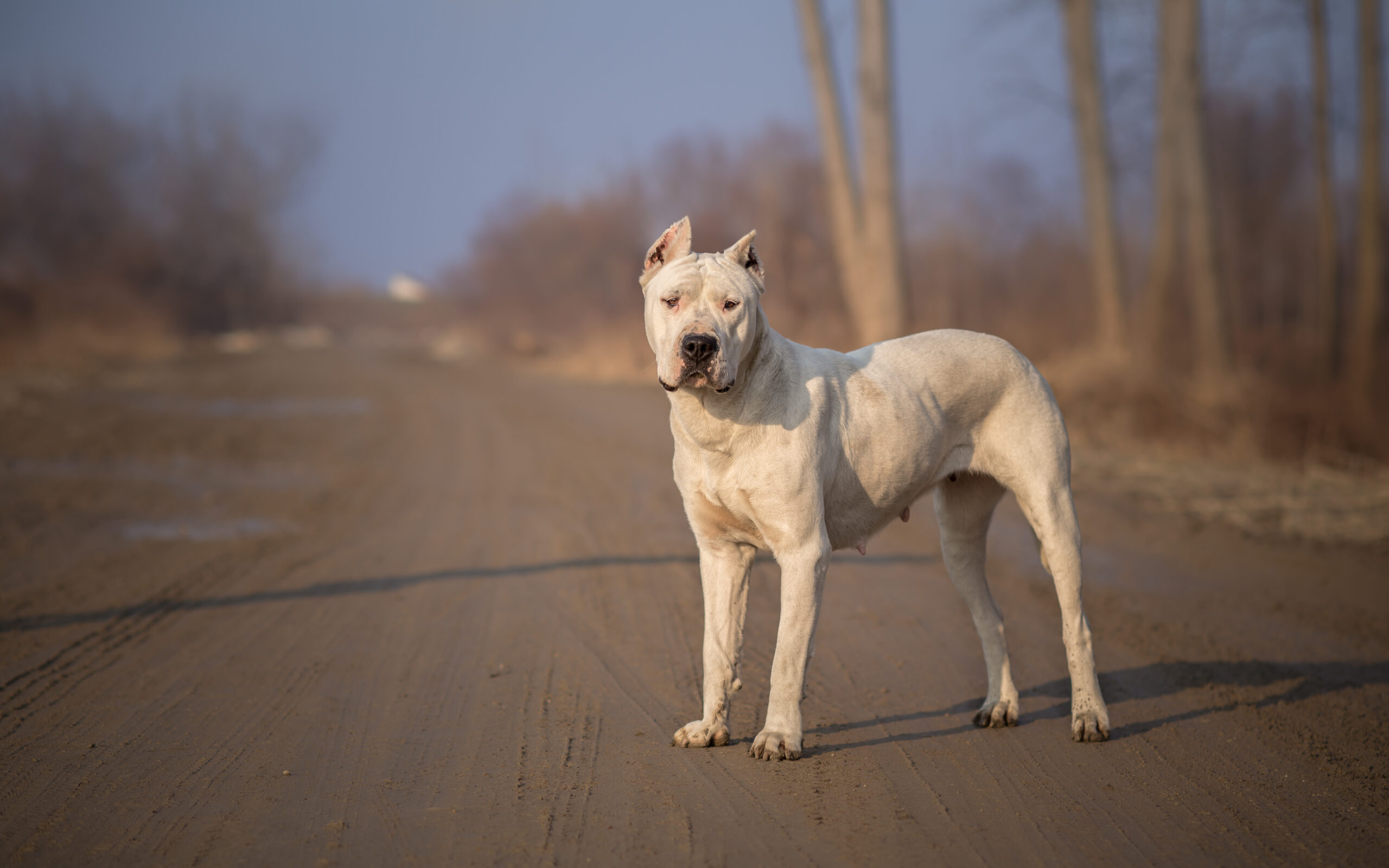
I. Introduction
At least four dog breeds are prohibited in the United Kingdom: the Pit Bull Terrier, the Japanese Tosa, the Dogo Argentino and the Brasileiro. However, exemptions can be granted based on specific and reasonable legal grounds.
If you suspect your dog could be subject to a ban and would like to apply for an exemption, you should consider seeking the services of a solicitor who specialises in local and national dog law.
II. What is the Dangerous Dogs Act 1991?
Parliament passed the Dangerous Dogs Act 1991 due to the increasing number of dog attacks that were occurring at that time. Many of the victims were children. Under section one of the Act, four dog breeds are prohibited in the UK.
Why are some dogs banned in the UK and what is the basis for this prohibition?
The UK government decided to ban specific dog types mainly on the basis of their reputation for being used in dog fights.
III. Why is owning these dog types prohibited in the UK?
a. Pit Bull Terrier
Pit Bull Terriers are native to England and for many centuries they were bred to fight bears and bulls. Although this type of blood sport was outlawed in 1835, some unscrupulous individuals still continue to breed these terriers for use in illegal dog fights.
b. Japanese Tosa
This famous Japanese dog has a reputation for fighting in complete silence. The Tosa has also been crossbred with other fierce dogs, including the Bulldog and the Mastiff, in order to make it more powerful and agile.
c. Dogo Argentino
The Dogo Argentino was first bred in the early 20th-century for the purpose of hunting big game such as wild boars and pumas. Succeeding generations soon bred it with other powerful dogs, such as the Great Dane, the Mastiff and the English Pointer.
d. Fila Brasileiro
The Fila Brasileiro is also known as the Brazilian Mastiff and was first bred in the 1400s. Its original purpose was to protect livestock and catch predators. Today, the Fila is banned in the UK due to its antisocial behaviour.
While the two South American breeds were initially bred for hunting and guarding, they have now become popular for use in illegal dog fights.
The wording of the Dangerous Dogs Act is explicit in making it illegal to own a “dangerously out of control” dog or to let it out in a public place. The Act was updated in 2014, extending the ban to include private properties.
In addition, the law prohibits the breeding, selling or re-homing of illegal dog types. In fact, if the authorities merely suspect that your dog is an illegal breed, they can seize it and keep it in custody while they await a decision from the court. In this instance, you should immediately engage the services of a solicitor in order to safeguard your legal rights.
IV. What should you do if you think your dog is a prohibited type?
If the authorities become aware that you are in possession of a prohibited dog in a public place, they can seize it without a warrant. You may also be given an unlimited fine or be sentenced to six months in prison, or even both. Furthermore, if the court decides that your dog is a banned breed, it may be euthanised.
Fortunately, there are exceptions to the law. With the help of a solicitor, it is possible to convince the court that your dog poses no danger to the general public. If successful, you can register your dog on the Index of Exempted Dogs (IED). However, in order to qualify for a certificate of exemption, you need to comply with the restrictions imposed by the IED, including:
- Proving that your dog is not a danger to the public
- Showing evidence that you are fit and capable of looking after it
- Neutering and microchipping your dog
- Taking out third-party insurance to cover accidental injuries to other people
- Keeping your dog muzzled and leashed when out in public
- Securing your dog while at home
Although the exemption certificate is valid for the lifetime of your dog, the Dangerous Dogs Exemption Schemes in England and Wales will require you to comply with the following:
- Your dog should be kept at the address stated in the certificate
- You must inform DEFRA or IED if your dog is being transferred to another address
- You must inform DEFRA, IED and any other concerned parties if your dog dies or is exported
- You need to take out third-party insurance every year (provide proof when required)
- Your dog should be kept securely in your home to prevent it from escaping
- You must provide access to the authorities with regard to microchip reading
- You should always carry the certificate of exemption when walking your dog in case the police or a local dog warden ask to see it; if you do not have it at that particular time, the authorities can give you up to five days to present it
You also need to be over the age of 16 before you can apply for an exemption certificate for your dog.
Conclusion
Even though the Dangerous Dogs Act 1991 bans specific dog breeds, identifying them is not an exact science. For example, the police may decide to confiscate your dog based on its resemblance to a banned breed. In fact, it may not even matter that your dog is well-behaved and does not pose a threat to the public. In this scenario, it will be up to you and your solicitor to convince the court that your dog is not dangerous even if it appears to be one of the prohibited types.
At Wheldon Law, we can provide you with expert legal advice on how to protect yourself and your dog against legal claims and seizures.
